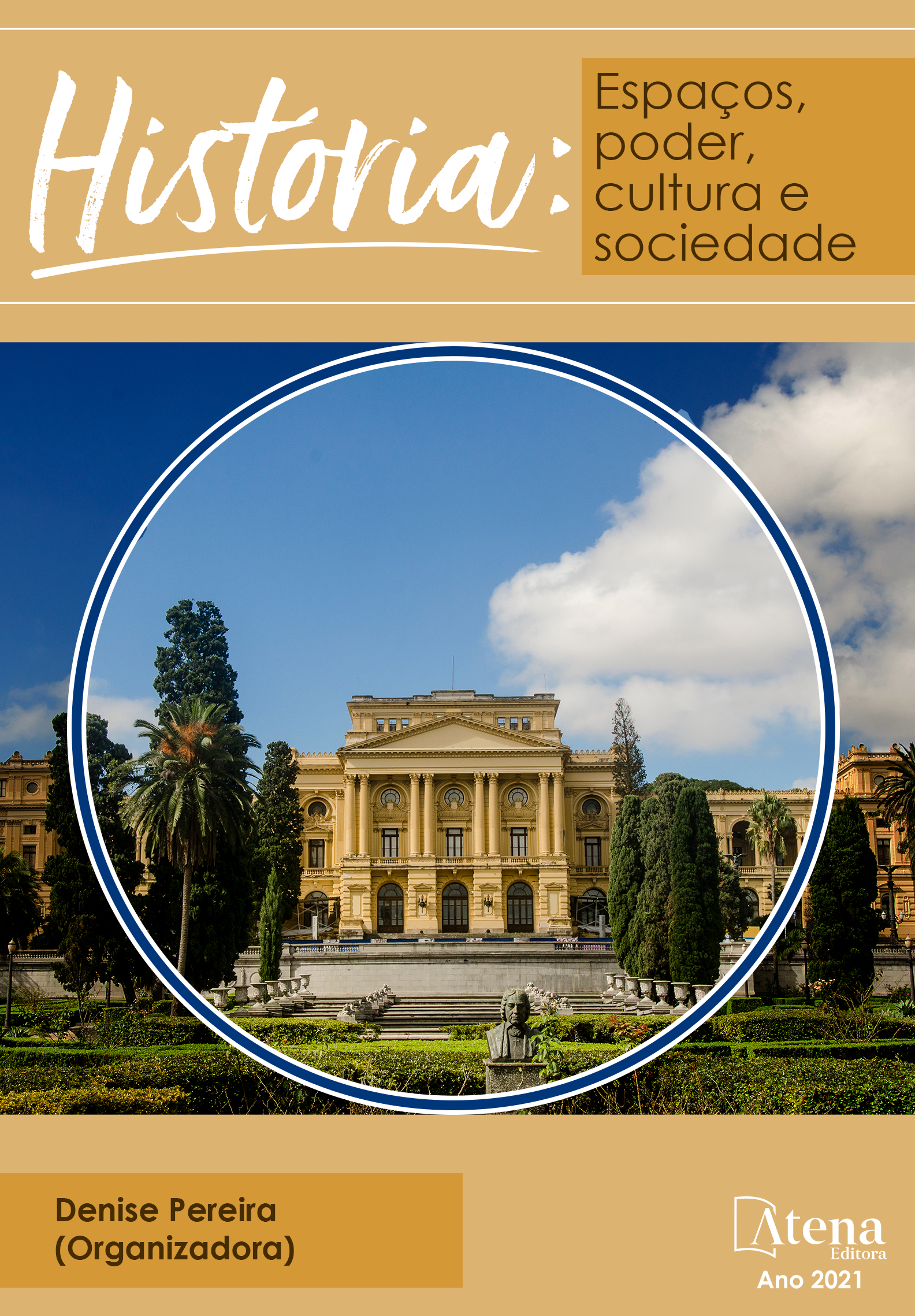
The black man in the book “História do Pará” by Benedicto Monteiro (2006)
Desde a regulamentação dos currículos escolares no século XIX no Brasil, os conteúdos de História eram voltados à história da Europa, afirmando que estudar o continente europeu era estudar a história da humanidade e da civilização, e esse fato acabou priorizando e destacando o branco colonizador nos livros didáticos, marginalizando outros personagens históricos importantes para a formação do país e do Estado do Pará, como o negro, e por muito tempo ele não era considerado um objeto de estudo tão interessante na historiografia brasileira, só quando se tratava das teorias raciais as quais estavam sendo debatidas na época. Mas agora, depois das reivindicações do Movimento Negro, foi criada a Lei 10.639/03 a qual torna obrigatório o ensino da história e cultura africana e afro-brasileira nos currículos escolares, abrindo espaço para pesquisas sobre o assunto e ocorrendo mudanças nos livros didáticos tanto nacionais quanto regionais a fim de se adaptarem a Lei. Então, passados os anos desde a promulgação da Lei, de que forma esses materiais didáticos estão abordando o negro e sua história? Em quais assuntos tal personagem aparece? Quais fontes são utilizadas para falar sobre o negro? As imagens se referem somente à escravidão? Como esse projeto científico é baseado numa produção regional, essas questões estão focadas na História do Pará e para o objeto de estudo utilizado para a construção de tal análise historiográfica o qual é o livro do autor paraense Benedicto Monteiro, História do Pará (2006), utilizado em algumas escolas públicas do Estado, apesar de não ser necessariamente um livro didático. Para analisar as representações do negro na obra de Benedicto Monteiro, dialogamos com autores que tratam sobre o livro didático e sobre os negros nesse material, como Circe Bittencourt (2004), Warley Costa (2006), Itamar Freitas (2009) e as autoras Hebe Mattos, Martha Abreu, Carolina Vianna Dantas e Renata Moraes (2009). Esta pesquisa faz parte do projeto de Iniciação Científica intitulado Reflexos da Lei 10.639/03 na produção didática regional: representações do negro no livro didático de História da Amazônia (anos 1990-2000) desenvolvido na Faculdade Integrada Brasil Amazônia (FIBRA), localizada na cidade de Belém do Pará.
The black man in the book “História do Pará” by Benedicto Monteiro (2006)
-
DOI: 10.22533/at.ed.38921260822
-
Palavras-chave: História do Pará, livro didático, negro.
-
Keywords: History of Pará, textbook, black.
-
Abstract:
Since the regulation of school curricula in the nineteenth century in Brazil, the contents of history were focused on the history of Europe, stating that to study the European continent was to study the history of humanity and civilization, and this fact ended up prioritizing and highlighting the white colonizer textbooks, marginalizing other important historical characters for the formation of the country and the State of Pará, such as the black, and for a long time he was not considered as an object of study in Brazilian historiography, only when it was the racial theories which were being debated at the time. But now, after the demands of the Black Movement, Law 10,639 / 03 was created, which makes the teaching of African and Afro-Brazilian history and culture compulsory in school curricula, making room for research on the subject and changes in textbooks both national as well as regional in order to adapt the Law. So, after the years since the enactment of the Law, how are these teaching materials addressing blacks and their history? What subjects does this character appear in? What sources are used to talk about black people? Do the images refer only to slavery? As this scientific project is based on a regional production, these questions are focused on the History of Pará and the object of study used for the construction of such historiographical analysis which is the book of
the Pará author Benedicto Monteiro, História do Pará (2006), used in some state public schools, although it is not necessarily a textbook. To analyze the representations of the black in Benedicto Monteiro's work, we talk with authors who deal with the textbook and the blacks in this material, such as Circe Bittencourt (2004), Warley Costa (2006), Itamar Freitas (2009) and the authors Hebe Mattos, Martha Abreu, Carolina Vianna Dantas and Renata Moraes (2009). This research is part of the Scientific Initiation project entitled Reflections of Law 10.639 / 03 in the regional didactic production: black representations in the Amazonian History textbook (years 1990-2000) developed at the Brasil Amazônia Integrated College (FIBRA), located in the city from Belém do Pará. -
Número de páginas: 11
- Amanda Martins Olegário


